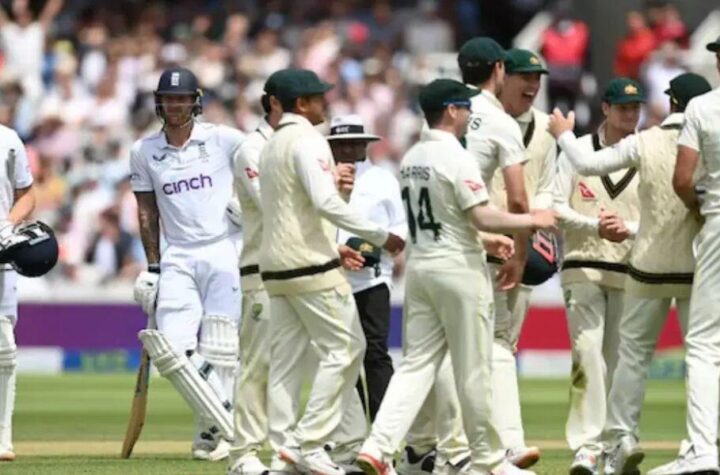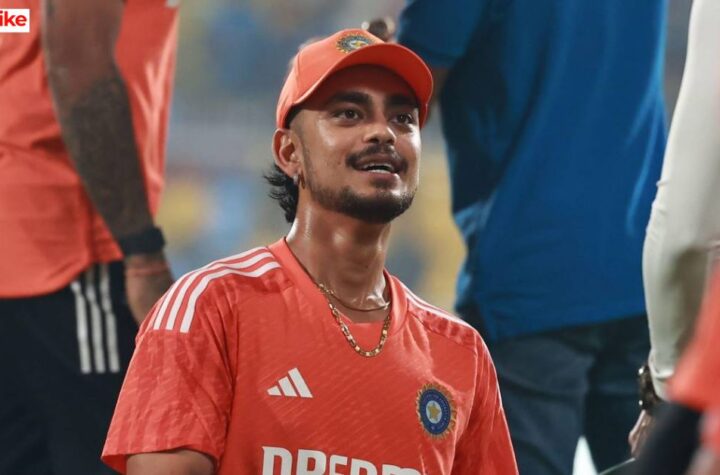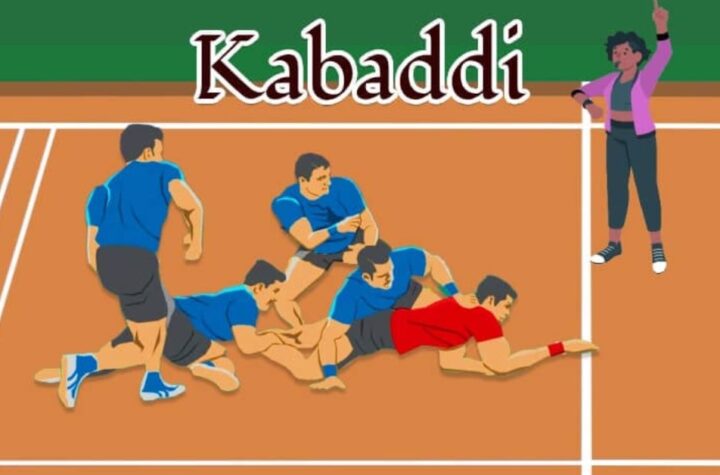
The Indian Premier League (IPL), known for its thrilling cricketing action and massive fanbase, continues to evolve each year as players, franchises, and strategies adapt. Looking ahead to the 2025 season, one team that appears particularly dangerous based on its current trajectory, talent pool, and emerging stars is the Mumbai Indians (MI). With a history of excellent management, a strong core of players, and a knack for nurturing young talent, MI stands out as a formidable contender.
Led by their impressive track record, the Mumbai Indians have always been a benchmark for consistency and performance. Their ability to strike the right balance between experienced stars and young sensation players has set them apart. By 2025, the team’s younger, promising talents such as Tilak Varma and Dewald Brevis are expected to mature into world-class performers under the guidance of a leadership team headlined by Rohit Sharma, if he remains a mentor, or another capable captain.
Another team that seems to be a threat in 2025 is the Gujarat Titans. Being the most recent addition to the IPL franchises, they announced their arrival with an IPL title in their debut season in 2022. Their successful mix of power hitters like Shubman Gill, established bowlers such as Rashid Khan, and a strong captaincy under Hardik Pandya positions them well to remain highly competitive over the years.
The dangerous form of these franchises is further bolstered by smart investments during auctions. Teams like these have been consistent in identifying undervalued players who turn into game-changers. With IPL auctions becoming more competitive each year, 2025 is likely to showcase squads that are deeper, more versatile, and harder to predict.
While these teams stand out, the nature of IPL means surprises are always around the corner. The reactive strategies of franchises, coupled with mid-season momentum shifts, ensure no team can rest on its laurels. Ultimately, the most dangerous IPL team of 2025 will likely be the one that combines cutting-edge data analytics, raw talent, shrewd leadership, and the unwavering support of its fans. Will it be an existing powerhouse like Mumbai Indians or an emerging giant like Gujarat Titans? Only time will tell, but the excitement remains unparalleled.
The Future of the IPL: Evolving Tactics and Strategies
The Indian Premier League (IPL) has come a long way since its inception in 2008. From being just another T20 league, it has now become a global phenomenon with millions of fans and billions of dollars in revenue. As we look towards the future, it’s clear that the IPL will continue to evolve and adapt, both on and off the field.
Data Analytics Takes Center Stage
One of the biggest changes we can expect to see in the IPL is the increased use of data analytics. In recent years, teams have started using advanced statistical analysis to make strategic decisions on player recruitment, team composition, and game tactics. This has led to a more data-driven approach in the IPL, with teams investing in specialized analytics teams and software.
With the use of data analytics, teams can better understand player performance, identify strengths and weaknesses, and make informed decisions on which players to recruit or trade. It also allows for a more scientific approach to game tactics, as coaches can analyze opponent’s tendencies and adapt their strategies accordingly.
The use of data analytics has not only improved team performance but has also made the game more interesting for fans. With access to real-time statistics and analysis during games, viewers can gain a deeper understanding of how their favorite team is performing and why certain decisions are being made.
The Rise of Women’s Sports
In recent years, there has been a significant rise in popularity and recognition of women’s sports. This is due in part to the advancements in technology and media platforms that have allowed for greater exposure of female athletes and their accomplishments.
Thanks to social media and online streaming services, women’s sports are now more accessible than ever before. Fans can watch live games, highlights, and interviews with players from all over the world at any time. This increased visibility has also led to a surge in sponsorships and endorsements for female athletes, providing them with more opportunities to excel in their chosen sport.
Moreover, there has been a concerted effort by organizations and governments to promote gender equality in sports. More funding and resources are being allocated to support women’s sports, and equal pay initiatives have been implemented in many professional leagues. This not only benefits the athletes themselves but also serves as a role model for young girls interested in pursuing sports.
However, despite these positive changes, female athletes still face challenges. They often receive less media coverage and recognition compared to their male counterparts, leading to lower salaries and fewer endorsement opportunities. There is also a persistent gender pay gap in sports, with female athletes earning significantly less than their male counterparts.
Additionally, there are societal barriers that discourage girls from participating in sports. The outdated stereotype of “girls don’t belong in sports” still exists, and girls may face discrimination and lack of support from coaches, peers, and even family members. This can lead to lower self-esteem and confidence in their athletic abilities.
Moreover, female athletes also face unique challenges related to their physical health. Female bodies are often underrepresented in sports science research, leading to inadequate training methods and nutrition advice for women athletes. Menstrual cycles, pregnancy, and menopause can also impact performance and require specialized care and attention.
However, despite these obstacles, female athletes continue to rise above and inspire future generations. They push boundaries and break records while advocating for greater gender equality in sports. Organizations such as the Women’s Sports Foundation work towards providing girls with equal access to sports opportunities from a young age, while female athletes like Serena Williams and Simone Biles serve as powerful role models for young girls to look up to.
Moreover, women in sports also face unique challenges when it comes to media coverage and representation. Studies have shown that male sports receive significantly more coverage than female sports, perpetuating the notion that women’s athletics are less important or exciting. This lack of visibility can make it difficult for female athletes to secure sponsorships and endorsements, limiting their opportunities both on and off the field.
Despite these challenges, female athletes continue to excel and inspire. They not only break physical barriers but also challenge societal norms and expectations placed on women. By participating in traditionally male-dominated sports and achieving success at the highest levels, they serve as role models for young girls and empower women to pursue their athletic dreams without limitations.
In recent years, there has been a significant increase in coverage and recognition of female athletes. Organizations such as the Women’s Sports Foundation and initiatives like #SeeHerSports are dedicated to promoting gender equality in sports and increasing media representation of female athletes. This has led to more visibility for women’s sports, increased support from fans, and better opportunities for female athletes.
Moreover, the rise of social media has given female athletes a platform to share their stories and connect with fans directly. They can showcase their talents, share their perspectives, and inspire others through their personal journeys. This has allowed them to break through traditional barriers and challenge gender stereotypes in sports.
However, despite the progress made, there are still many challenges that female athletes face. One of the biggest issues is pay disparity. Female athletes often earn significantly less than their male counterparts, even when they achieve similar levels of success and bring in comparable revenue for their leagues or teams.
Another challenge is the lack of representation and recognition in mainstream media coverage. Women’s sports receive significantly less airtime and media coverage compared to men’s sports, leading to a lack of visibility and exposure for female athletes.





More Stories
Most Valuable IPL Team 2025: RCB Beats CSK & MI
CSK Retained Players 2025: Jadeja, Dube & Rising Stars
Who is the Worst Captain in IPL Cricket?